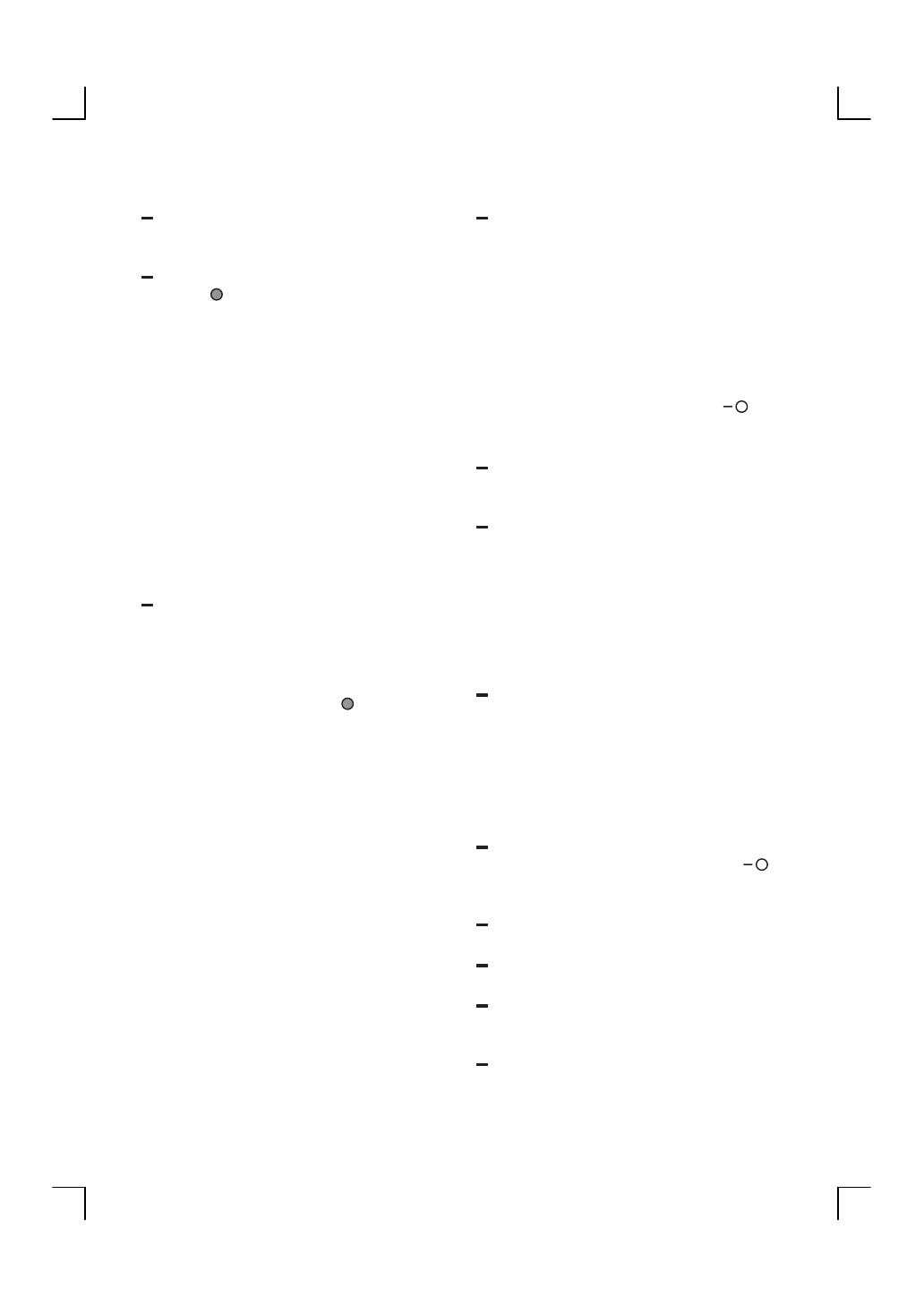
en
49
Starting the programme
Before starting the appliance, check
again that the spray arms can rotate
freely.
In the main menu press the “Start”
button
.
“Close door” is displayed alternating with
the expected programme duration. This
time is only an approximate value. At the
start of the programme this time
corresponds to the running time which the
selected programme required last time.
While the programme is running, the
remaining running time is corrected based
on the water inlet temperature as well as
on the amount and degree of soiling of the
utensils.
If you have preselected a time for the start
of the programme, “Close door” is
displayed alternating with the preselected
time when the programme has started.
Close the door.
The programme or the preselected time
starts.
The programme and other settings can
still be changed for as long as the door is
open after the “Start” button
. has been
pressed. Return to the main menu by
pressing the “Back” button and change the
settings. Finally, restart the programme.
If the door is closed after the “Start” button
has been pressed and the programme has
already started, the programme must be
terminated if settings are to be changed
(see “Terminating the programme”).
Interrupting the programme
To interrupt the programme, open
the door. Open the door only slightly
to prevent water from spraying out of
the appliance.
“Terminate programme” is displayed
alternating with “Close door”, the
remaining programme time, the
selected programme and the current
programme phase.
To interrupt the programme, NEVER press
the “Terminate programme” button
,
otherwise the programme cannot be
continued!
To continue the programme, close
the door. The programme continues
running automatically.
If there is a warm-water connection or
if the appliance has already been
heated, leave the door slightly open
for several minutes before closing it.
Otherwise, the door may spring open
again due to the hot air enclosed inside
the appliance.
Terminating the programme
Open the door. Open the door only
slightly to prevent water from spraying
out of the appliance.
“Terminate programme” is displayed
alternating with “Close door”, the
remaining programme time, the
selected programme and the current
programme phase.
To terminate the programme, press
the “Terminate programme” button
.
“Close door to drain” is displayed and
“Close door” flashes.
Close the door. The water in the
appliance is drained.
As soon as the water has been drained,
the buzzer is emitted 5 times.
When the door has been opened,
“Finished” is briefly displayed, then
the main menu is displayed.
You can now restart or switch off the
appliance.



















